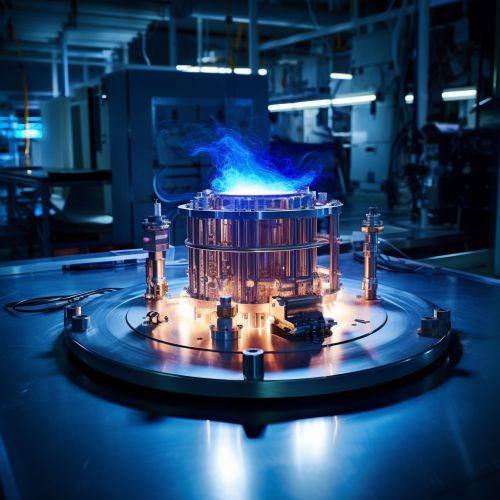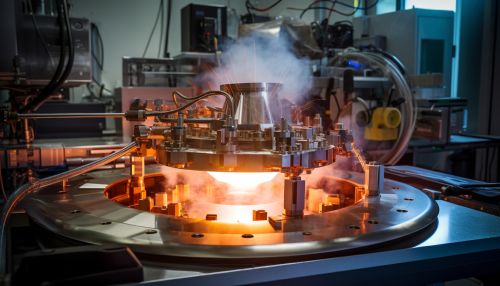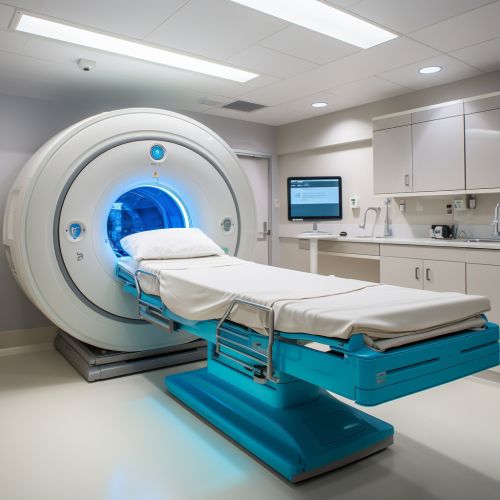The Physics of Superconductivity and its Applications
Introduction
Superconductivity is a quantum mechanical phenomenon where certain materials exhibit zero electrical resistance and expulsion of magnetic fields when cooled below a certain temperature, known as the critical temperature. This unique property has found extensive applications in various fields, including medical imaging, power transmission, and quantum computing.


Discovery and History
Superconductivity was first discovered in 1911 by Heike Kamerlingh Onnes, a Dutch physicist. He observed that the electrical resistance of mercury suddenly disappeared when it was cooled to a temperature of 4.2 Kelvin. This discovery won him the Nobel Prize in Physics in 1913.


Theoretical Understanding
The theoretical understanding of superconductivity was developed over several decades. The first successful theory, known as the BCS Theory, was proposed in 1957 by John Bardeen, Leon Cooper, and John Robert Schrieffer. This theory explains superconductivity in conventional superconductors using the concept of Cooper pairs, where electrons form pairs that move through the lattice without scattering off impurities or lattice vibrations, leading to zero resistance.


Types of Superconductors
Superconductors are broadly classified into two types: Type-I and Type-II. Type-I superconductors are pure metals and their alloys, which exhibit superconductivity at very low temperatures. Type-II superconductors are mostly metallic compounds and alloys, which exhibit superconductivity at higher temperatures and can withstand higher magnetic fields.


High-Temperature Superconductivity
The discovery of high-temperature superconductors in 1986 was a significant breakthrough. These materials exhibit superconductivity at temperatures much higher than traditional superconductors, though still far below room temperature. The mechanism of high-temperature superconductivity is not fully understood and remains a major topic of research in condensed matter physics.


Applications of Superconductivity
Superconductivity has a wide range of applications due to its unique properties. Some of the major applications include:
Medical Imaging
Superconducting magnets are used in MRI machines, which provide high-resolution images of the inside of the human body. The strong and stable magnetic fields produced by superconducting magnets are essential for the functioning of these machines.


Power Transmission
Superconducting cables can transmit electrical power with almost no energy loss, making them highly efficient for power transmission. Several countries are exploring the use of superconducting cables in their power grids.


Quantum Computing
Superconducting circuits are a leading platform for the development of quantum computers, which promise to revolutionize computing by solving problems that are intractable for classical computers.


Future Directions
The search for room-temperature superconductors is one of the holy grails of condensed matter physics. Such a discovery would have profound implications for energy transmission, computing, and many other fields.
